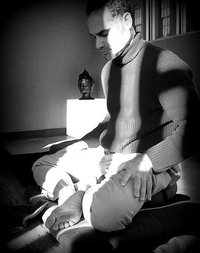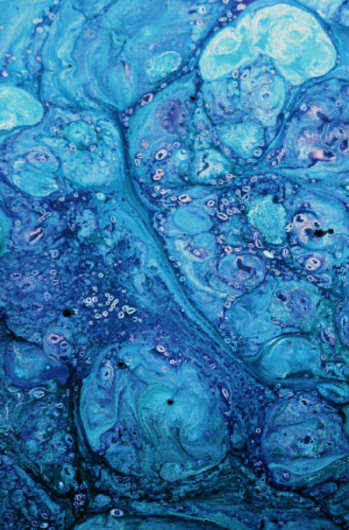The Buddha taught the dharma through metaphor. It’s right there in the first Noble Truth and, indeed, The Four Noble Truths themselves are presented in the form of a medical metaphor with the Buddha as physician.
With the First Noble Truth the Buddha diagnosed the malady of the human condition. He didn’t choose a word to describe it but an image — that of a “bad wheel.” A bad wheel on an oxcart results in a bumpy, off-kilter ride. This is what dukkha means. We translate dukkha as suffering, typically, but this doesn’t capture the pervasive and sometimes subtle sense of things being off. Anguish or pervasive dissatisfaction are, perhaps, better translations but still don’t capture the same sense as the metaphor.
In the Second Noble Truth, the Buddha provided the explanation for the malady (the etiology of the present condition). We grasp at things, cling to them when we have them, fear that we will lose them, push the things we don’t want away, we make our sense of self-worth contingent on the things we have and the way things go, and we don’t appreciate the changing nature of reality. All of this gives rise to dukkha.
The Third Noble Truth is the prognosis for humanity, and it’s a good one — full recovery from the sickness is possible. There is a way to stop dukkha and this is known as nirvana (nibbana in Pali). How to go about doing it is found in the Fourth Noble Truth and it is the Noble Eight-Fold Path. This, of course, is the treatment and it’s efficacy is potent.
In my book, Wild Chickens and Petty Tyrants: 108 Metaphors for Mindfulness, I present metaphor in five different sections: mind, self, ordinary craziness, acceptance, and practice. It’s easy to see how understanding the mind requires reference to other things like machines, the sky, and bodies of water. Self, too, is an abstract concept that requires metaphors to understand it. But it wasn’t until I was teaching from the book later that I realized that not only do we need metaphors to understand the self, the self IS a metaphor!
We are metaphors. The Buddha said this. And it is a lesson that is just as pressing today as it was over 2500 years ago. If we understand by metaphor understanding one thing in terms of another how does this apply to understanding “self.” We project a sense of me into the future by referencing memories. We understand one thing — what is happening now — in terms of another — what has happened in the past (and by extension what we anticipate will happen in the future). We imagine our selves in this way and by doing so we may miss what is really happening. Perhaps this lesson is needed more so now since we have photographic and video “evidence” of so many of our past self moments.
To explore this theme further, I’ll be teaching the dharma through metaphors at the Barre Center for Buddhist Studies in late February 2011. The Barre Center for Buddhist Studies has quickly become my spiritual home. You can feel the peace radiating from the stones found on the property. It’s a beautiful place and an important fulcrum for the dissemination of the dharma. I’m honored to teach there again and invite you to join me there for a weekend winter retreat exploring metaphors and practicing mindfulness meditation. The workshop is called Metaphors, Meaning, and Change: Finding Our Way to Mindfulness and runs from 25 to 27 February.


